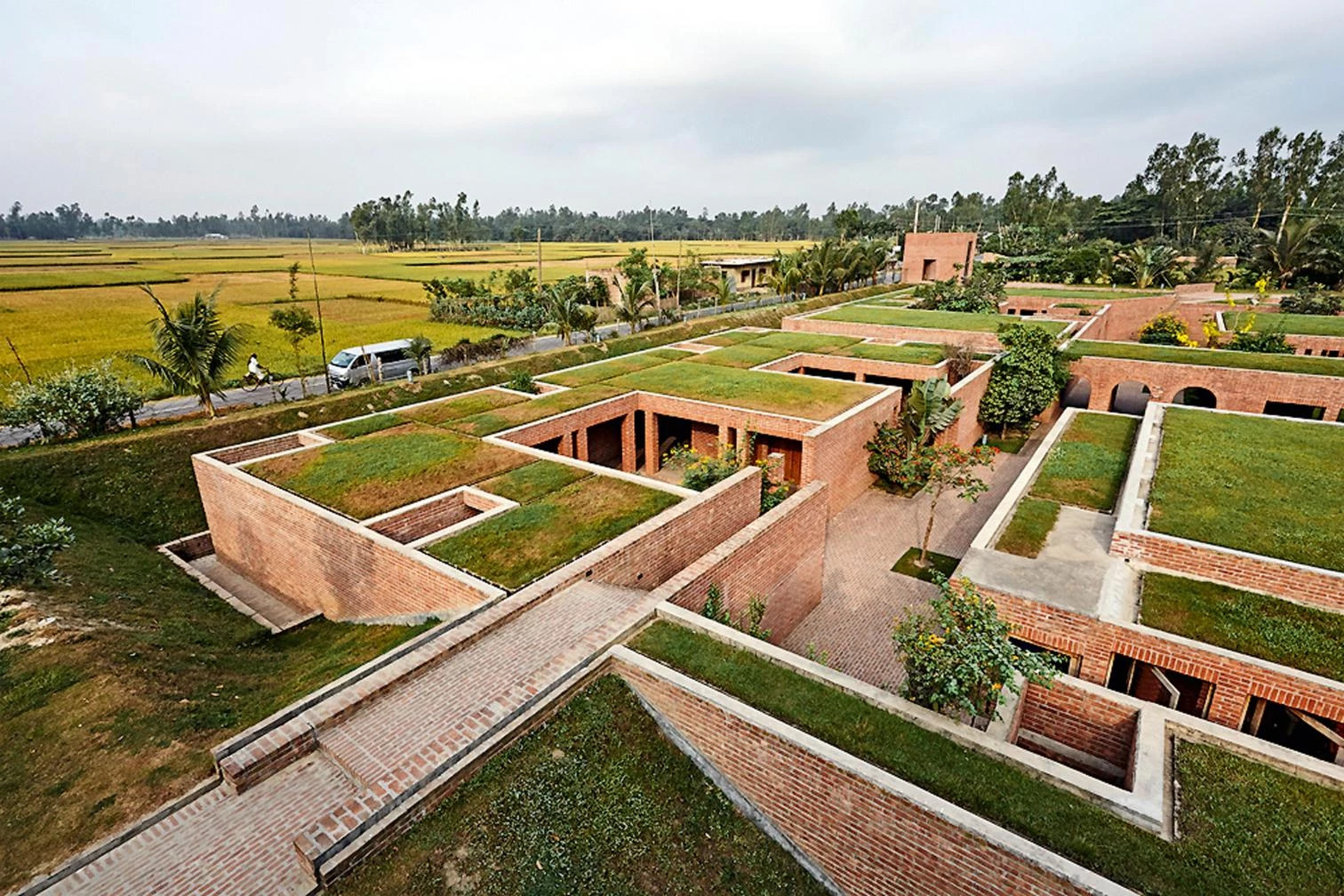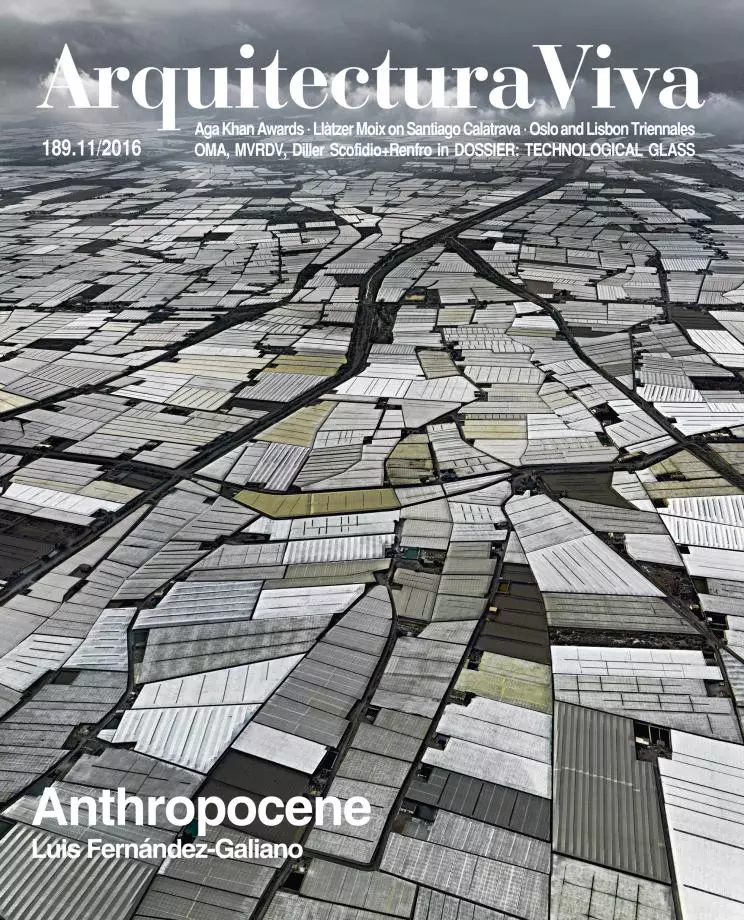
Instituted in the year 1977 and given by the Aga Khan Trust for Culture (AKTC), which the Spaniard Luis Monreal heads, the Aga Khan Award for Architecture has consolidated through the decades and become a benchmark not only for contemporary architecture in the entire Islamic world, but also for quality buildings made with local resources and addressing grassroots contexts. Headed by Farrokh Derakhshani, the triennial award – which comes with a US$1 million award and whose jury has in this cycle been presided by Luis Fernández-Galiano – has fallen upon six works that differ much in nature and location, but which share a clear desire and effort to contribute to improving the environments and societies that they are in. They are: the Bait Ur Rouf Mosque in Dhaka (Bangladesh), by Marina Tabassum; the Friendship Center, a community facility in Gaibandha (Bangladesh), by URBANA / Kashed Mahboob Chowdhury (image above); a children’s library and art center for a hutong in Beijing (China), by ZAO / standardarchitecture and Zhang Ke (see Arquitectura Viva 180); the Tabiat Pedestrian Bridge in Tehran (Iran), by Diba Tensile Architecture / Leila Araghian and Alireza Behzadi; the Issam Fares Institute in Beirut (Lebanon), by Zaha Hadid Architects; and finally the Superkilen park in Copenhagen (Denmark), by BIG / Bjarke Ingels Group, Topotek 1, and Superflex (see AV Monographs 162) a unique project that is a eulogy to pluralism and tolerance in a European continent once again under assault from the phantoms of nationalism and xenophobia.






